So you are looking for the answer of what to do to keep your arm healthy. Out of the hundreds of articles you could come across, this one may not be exactly what you were thinking when you read “Arm Care”, but this is exactly what you need. First and foremost, arm care historically got put on the back burner for youth baseball athletes. While the idea of having the appropriate shoulder program from an early age is growing, this is something that really needs to be addressed PROPERLY. “Arm care” is ACTUALLY determined by the kinetic chain and movement sequencing, or in other words, how well you use the entire body to throw – NOT just shoulder exercises alone.
It’s crazy to think that arm injuries have accounted for 58% of injuries among collegiate baseball players. However, the foundations for these injuries are built during youth baseball. Upwards of 69% of college baseball injuries are the result of OVERUSE. Having your child specialize in baseball from an early age only increases their risk for a more serious injury down the road. College baseball players that were only focused on baseball by the age of 13 actually reported WORSE throwing ability and history of injuries compared to their teammates who played multiple sports growing up
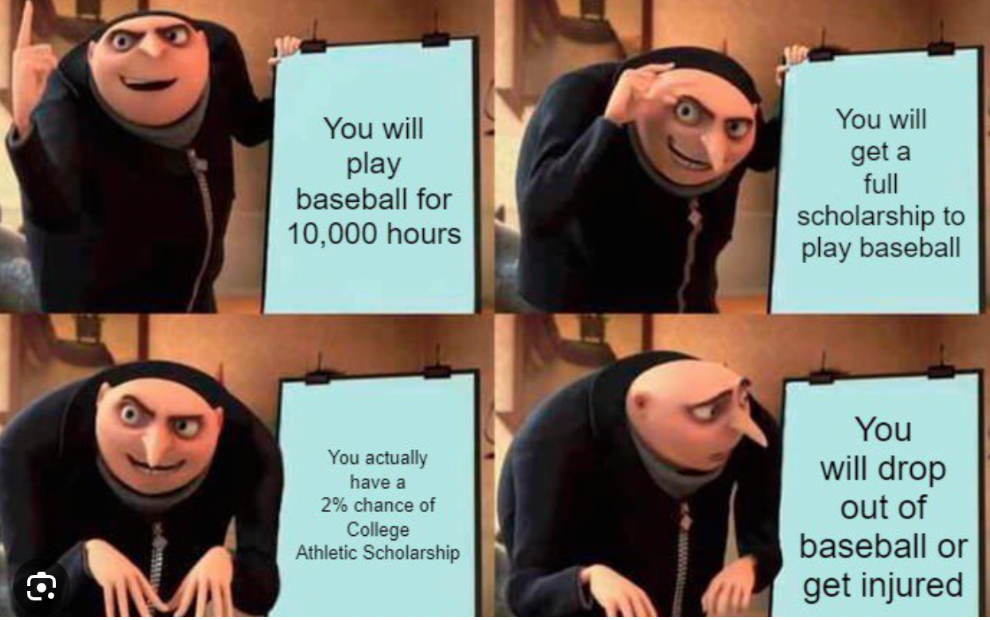

Depending on where you’re at in your career, you may or may not have heard the terms kinetic chain and movement sequencing before. For those of you who have no idea what I’m talking about, I got you covered. These terms refer to the ability to transfer force and movement from the ground up in order to generate power for the throw. Each body part between the feet and hand is a “link” in the kinetic chain. Said another way, this is the ability to use the ground and the body to produce the most force and deliver it from your fingertips….
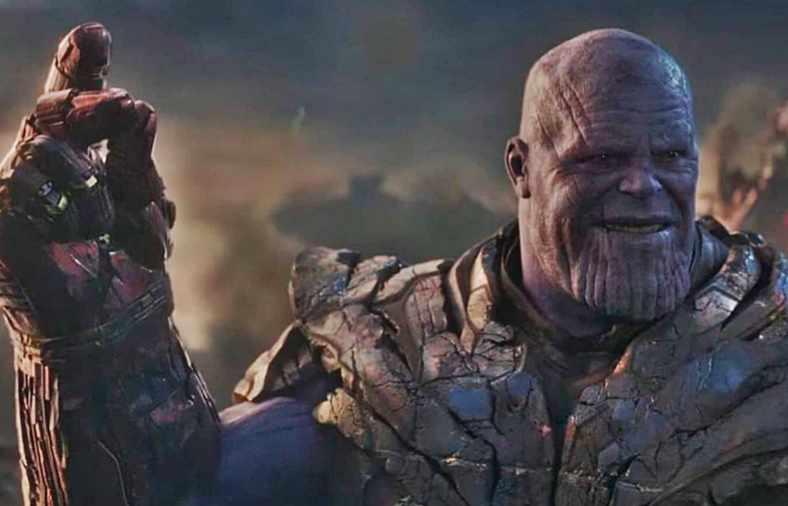
Using the entire body is ultimtaely what gives you the most gas behind your throw. Which makes sense that the best pitchers and hitters are the best at sequencing this chain and limiting leaky areas. Everyone wants a long healthy career, so let’s dive deeper into these concepts and discuss the 5 key components your money-making arm absolutely NEEDs moving forward.
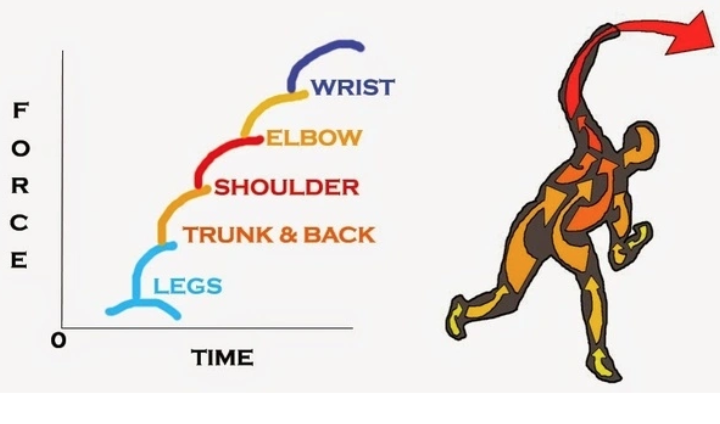
1. It All Starts at the Foot
Your back leg is one of the MOST important components in the pitch delivery. Think about it! When you stride, the back leg is the ONLY part of the body that is touching the ground. This is the very beginning of that kinetic chain. Without a strong back leg, we lose our main power generator and cause the rest of the chain to pick up the slack during your throw.
The goal here is to start from a “tripod foot.” This means there is firm contact between the ground and three specific points on the foot: the heel and each ball of the foot. If one of these contact points lifts during your wind-up, the foundation is no longer stable. Try it right there in your chair – if you lift either the inside or outside of your foot, notice how your knee and hip follow it? So, if your foot moves, your ankle moves. If your ankle moves, the knee moves…you get the picture. So even the slightest movement at the foot changes the ability to engage the back hip for power and stability from the very beginning of your throw.
The Exercise:
One great exercise to address your foot control and work on that “tripod position” in order to give you more stability in your pitch is the single leg plate bridge. This targets your arch muscles and promotes a solid foundation for a strong glute on the back leg in your wind-up. Bonus points if you pop the plates on the mound and perform this on the slight downhill!
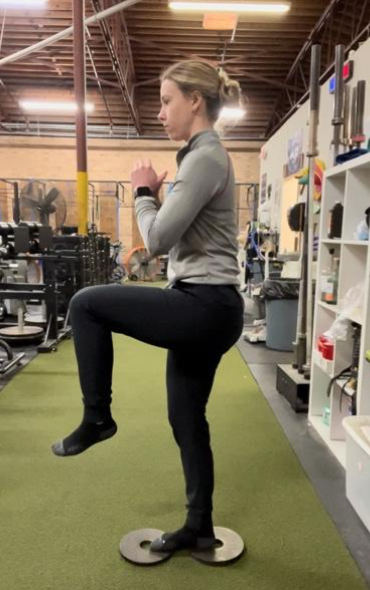
2. “Strong Backside,” “Stay Tall,” or “Use the Hips”
These are really common coaching cues… but what does this even mean? Well, when your front leg is lifted up, the glute on your back leg has to squeeze strong. If you do not get into a balanced and strong back leg it will cause your torso to lean as a compensation. Just like losing the position of the foot, strength issues in this area will limit the ability to produce force, and require the torso, shoulder, elbow, and wrist to make up for it. Unfortunately, issues in this step may not mean you don’t throw hard…. but definitely adds increased stress to the shoulder and elbow to achieve the velocity. Any extra stress in the shoulder and elbow adds up over time and can leave you at risk for injury.
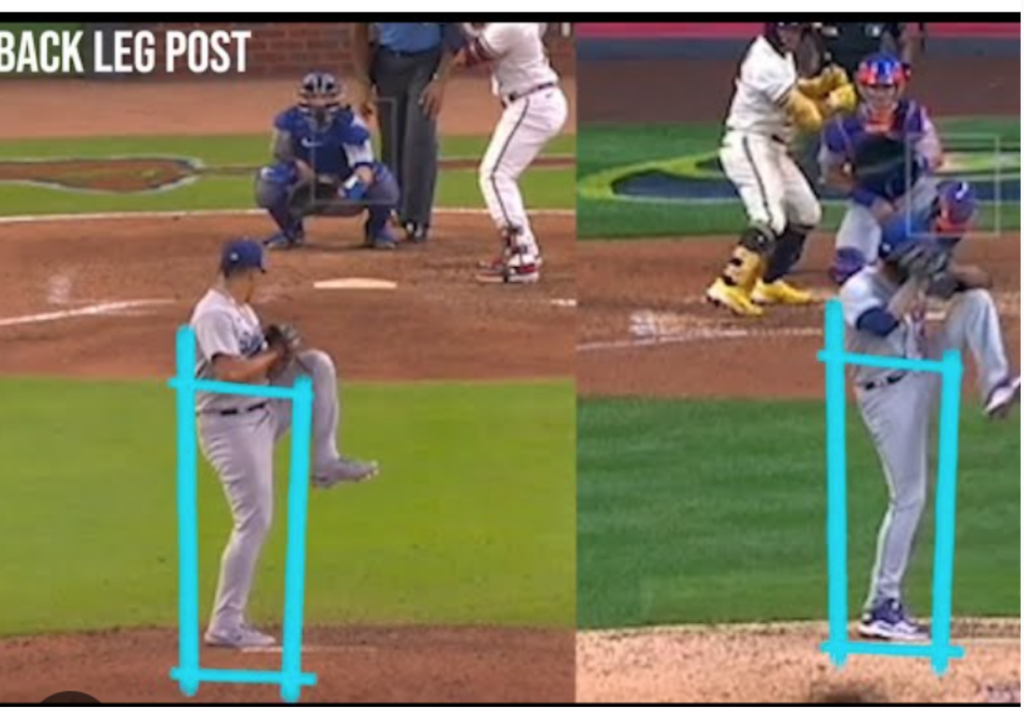
The backside hip also has to be able to rotate to get IN and OUT of the good backside position. This is why hip mobility is critical to address both during off-season and in-season training. Both hip mobility and the glutes’ ability to control this motion is an outlet to prevent arm injury and improve your ability to generate rotational force.
*** This is one of the most common pitching mechanics flaws that is seen in pitchers of all ages. And the biggest culprit of these issues… A WEAK A$$! I’m glad we are all on the same page.
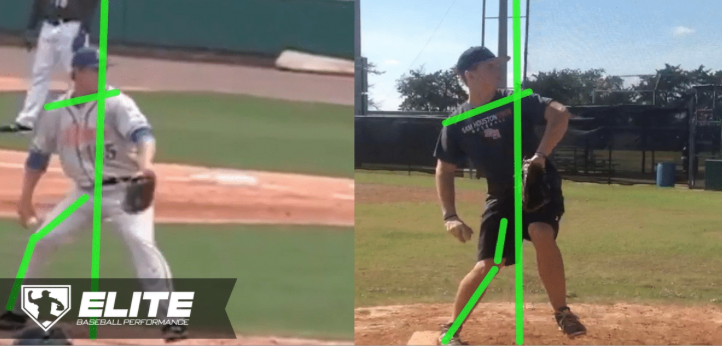
The Exercise:
Getting your glutes to work appropriately is vastly important for the power production of your pitch. Try the beloved Captain Morgan to target a strong back leg!
3. The True Recipe to Building Velocity
Still traveling up the chain, the next major flaw we see in mechanics are poor pelvis and trunk coordination. You may have heard pitching coaches say “You need to get more separation!” But what does this even mean? Imagine this; If you were to grab both ends of a towel and twist it using only your top hand.. you would notice that the towel rotates, but does not hold much tension and is somewhat floppy in the middle. Now, if you were to grab the towel again and wind it up by twisting BOTH hands in opposite directions, you would notice that the tension in the middle of the towel can be maximized and stays taut. This same thing applies when you’re pitching. The “separation” is between your hips and shoulders as they move in opposite directions to wind up the core muscles (just like the towel)! So, as you move down the mound, your hips rotate toward the batter while the torso stays square to 1st or 3rd base. The more wound up you can get your core, the more the body acts like a loaded spring and can efficiently transfer force from your lower body to the upper half. If you are unable to create this separation, it not only maxes out your ability to throw harder but also exposes the shoulder and elbow to much more stress over time (Which we know by now can lead to injury).
If separation is a problem for you, this is where an individualized assessment is required to determine the root cause behind the limitation. Of everything we talk about in this blog, issues in this area are MOST likely to contribute to shoulder and elbow injuries – Since the whole goal of this phase of throwing is to transmit the forces from the lower to the upper half, a flimsy core isn’t going to cut it.
The Exercise:
Being able to create separation between your hips and torso is critical. Use this hip/torso separation exercise to get a feel for coordinating this movement during your pitch! Check out (57s-1:53) of the video below.
So, how should the front foot land on the stride? It should land slightly closed (toes in) or pointing directly at the catcher. Similar to holding a tripod position of the foot on the back leg, landing with the foot flat in a strong and stable tripod position is crucial. If you land with the foot open (toes out position), or falling to either side of the foot, will cause you to fall off the pitch and this is where you will notice the ball not going where you intended. If you want to be able to consistently throw strikes but have poor front leg landing, you will have to compensate at the spine or shoulder…. either way, it’s a recipe for injury!
Key things to look for as the pitcher moves from the back to leg down the mound and landing on the front foot:
– Belt buckle facing the catcher
– Triple Extension- AKA a neutral back, leg behind hip, knee straight, toes down
– Shoulders should be square to 3rd base (right-handed) or 1st base (left-handed)
The Exercise:
DO NOT lose the strength and balance in your front leg! Your stride leg will be used to slow down your body and absorb impact. A SL RDL Med Ball Throw is a great exercise to work on the strength and control you require from your front leg! Check out (41s-58s) of the video below.
The final piece of the puzzle…Arm Care. The main goal of shoulder strength is the ability to decelerate, or slow down, the arm after you’ve released the ball. When throwing, the arm can only move as fast as the body can slow it down. What does this mean? If your back and arm is not strong enough to slow your motion down, the body will not let you generate the arm speed to throw hard. Training this deceleration strength, though, relies on the position of the trunk. The normal position of the midback is a slightly rounded curve that the shoulder blade can easily move on. However, in baseball athletes, the most common thing we see is a flat thoracic spine, or a loss of this slightly rounded position. This limits the shoulder blade’s ability to move appropriately during your throw, and increases strain on the muscles of the shoulder.
The Exercises:
The Thrower’s Big 4 and modified wall slides exercises are key movements that all pitchers can use to target their back-side shoulder strength. Remember these muscles get stressed the most, as they are working hard to slow down the arm. Be sure to show them some love!
Final Thought
Thrower specific mobility and strength training are two key components that are often taught incorrectly or poorly addressed in baseball/softball athletes. All the exercises discussed above are GENERAL for each phase of the throw. Each and every athlete needs an individualized arm care plan, as well as a strength and conditioning program to address their needs and imbalances. Arm health (which we now know is WHOLE BODY health) is crucial to your long-term success on the mound, so making sure YOU select the physical therapist best suited to correct your movement patterns and build strength is vital. The goal is to not only keep you throwing hard, but ensuring adequate and timely recovery. Sound mechanics, specific mobility, appropriate strength, and recovery are our four pillars to shoulder health. If you or someone you know is continually having shoulder or elbow pain with throwing, it’s not something that should be left to linger. Come see us at The Charlotte Athlete where I specialize in treating the overhead and throwing athlete, and let’s fix these problems before pain and injury starts to keep you off the field!
Thanks for reading!
Dr. Mike
Dr. Leah

